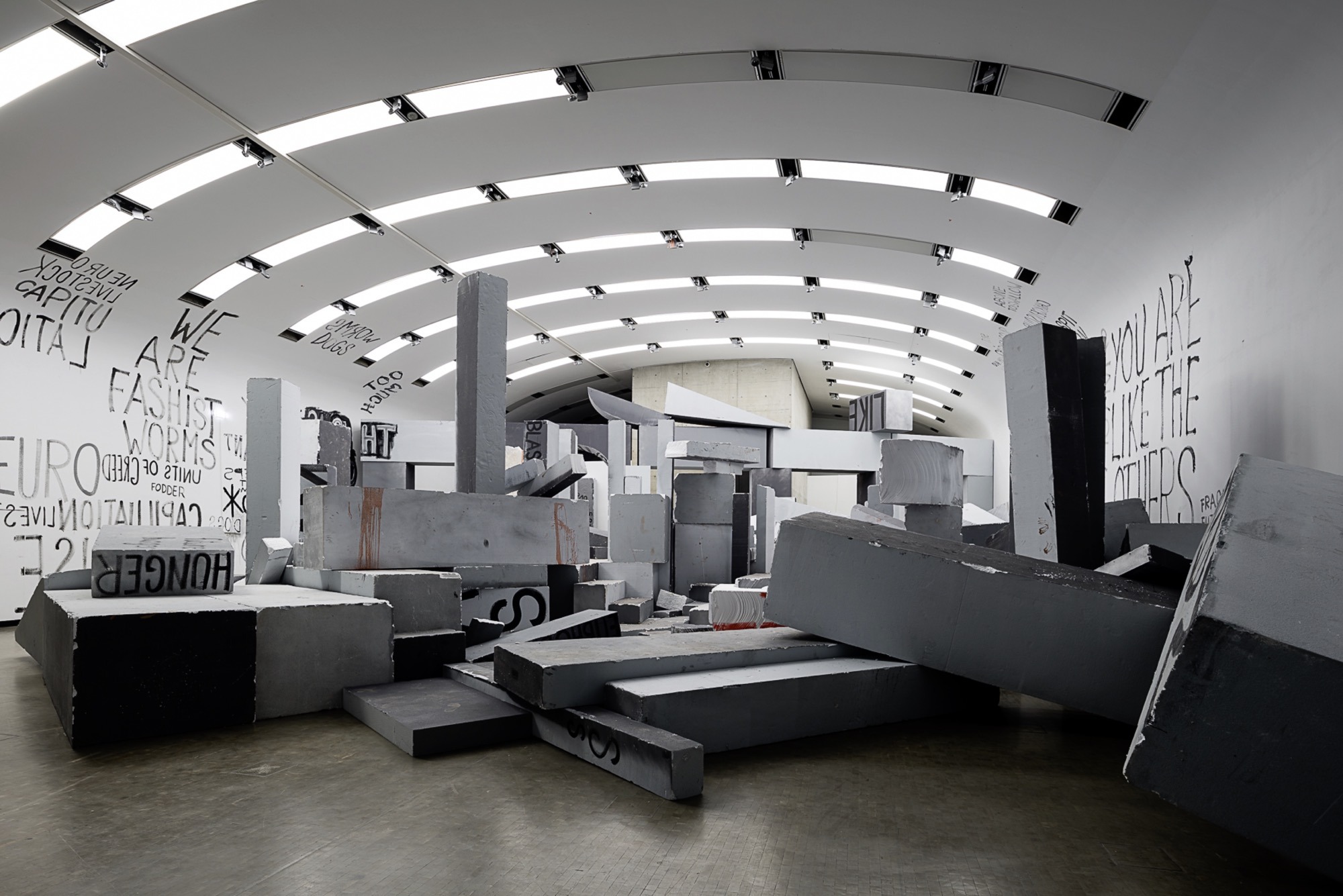The Problem of Narrative:
Visual Arts Instructor: Klaus Speidel Date & Time: Sundays, March 29, April 5, 19, 26 2 - 4:30 PM ET

DESCRIPTION: while in the past storytelling dominated visual arts, the field has been more interested in “deconstructing,” “critiquing” or “questioning” narratives than constructing new ones. As James Elkins explains, “narrative isn’t dead, but it’s a dead issue. The avoidance of narrative is one of the great dogmas or working assumptions of art production, criticism, and instruction.” The situation described by Elkins was brought about by pre-modernist scholars and artists like Jacob Burckhardt, Konrad Fiedler and Maurice Denis, who felt that mythological, religious or political narratives endangered the autonomy of art. While narrative has never been rejected by artists across the board, the time when painters constantly invented new ways to retell well-known stories or even invented new ones are long gone. But while painters largely abandoned storytelling, visual narrative found a home elsewhere: cartoonists, illustrators and comics draftsmen have never stopped to seek innovative ways to tell stories in pictures. As for high art, this seminar will seek out interesting storytellers among installation artists and also look into illustration, painting, and drawing. Concerning installation art, there is however no proper theory for narrative in the (truly) spatial arts. We will attempt to not only convey the state of the art on the matter, but also to go beyond, by introducing new concepts which can better explain how artistic narratives function, and even allow to invent new spatial narratives. We will compare contemporary artworks with works from Greek antiquity, Flemish painting, William Hogarth’s Modern Moral Subjects, but also abstract painting and comics. Lastly, we will assess the role played by stories that are not told in artworks, but about them. In the first session, we will discuss influential arguments advanced by G.E. Lessing in his 1766 Laocoon: An Essay on the Limits of Painting and Poetry and by Clement Greenberg in Modernist Painting and assess their repercussions in current art theories and practices. In the second and third sessions, we will discover how art historians and theorists like Franz Wickhoff, Ernst Gombrich and Ann Landi have approached visual storytelling. This session will introduce the experimental research at the Laboratory for Cognitive Research in Art History in Vienna and details what theoretical conclusions can be drawn from their findings. In sessions 2 and 3, we will analyze different artworks, applying the concepts and tools we have acquired earlier, focusing especially on modern and contemporary painting, photography and installation art. In the fourth session, we will analyze artworks as specific kinds of enriched goods and discuss the role narratives play for the recognition and spread of knowledge about conceptual artworks. For the fourth and last session, participants will suggest artworks they find relevant and would like to discuss from a narratological perspective.
Image: Gelatin & Liam Gillick, Stinking Dawn, Kunsthalle Wien, 2019
To see The New Centre Refund Policy CLICK HERE.
To see The New Centre Refund Policy CLICK HERE.